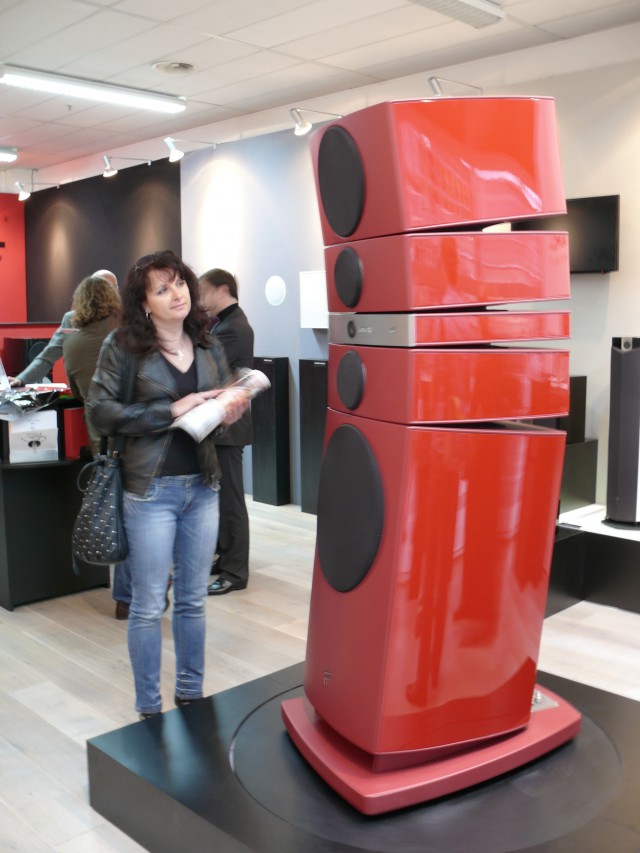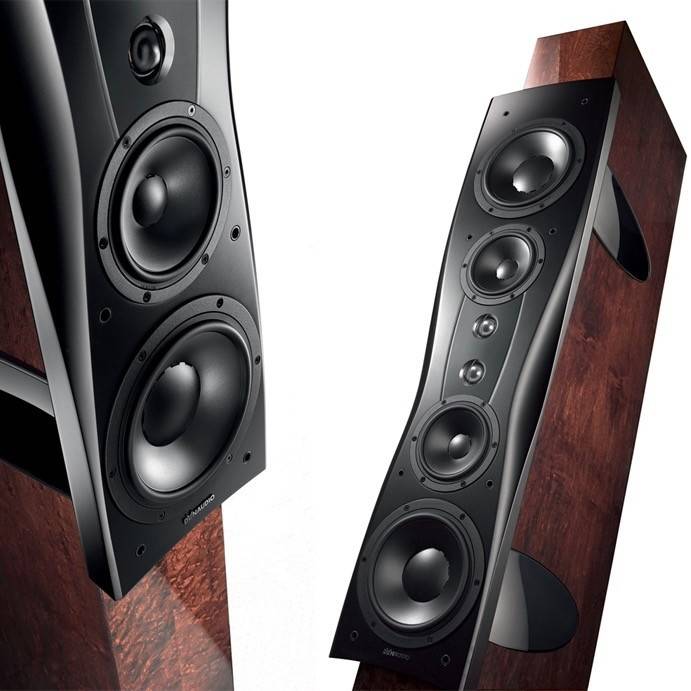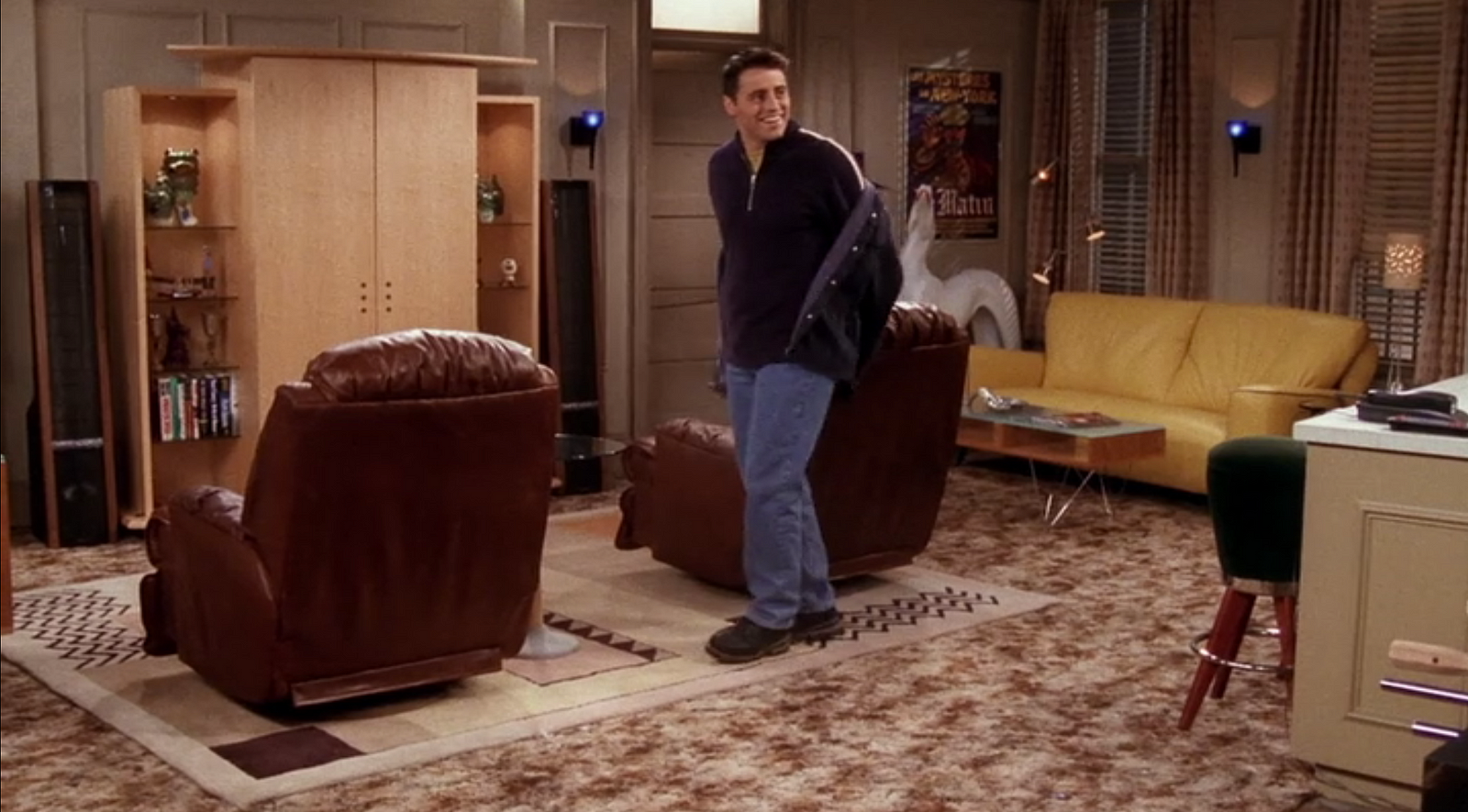That DAC Headphone Amp you have looks beautiful. I don't know what make or model it is but I would wager it cost more than all the hi-fi I've ever purchased.
Not as expensive as it looks, plus I got it used. Meier stopped using this Shanling chassis too (then again, so did Shanling) and restructured their price brackets. This is roughly equivalent to the Jazz than the Classic, so while not exact, you could infer the chassis costs around $150. Ouch. Double ouch for the tiny nick it now has on the top that should be too tiny to see but I'm OC about these things.
I've read that the HD600s are incredible too. They look open back which from my limited experience is the best type. I once owned Goldring DR150s and I loved them.
Not necessarily although for the most part they'd be easier to design since the driver design just needs to be open air and then the effect of the chamber behind it doesn't need to be accounted for anymore.
Your phone would have a decent DAC in it too compared to most I've read as Samsung are quite serious about audio these days. Apparently their soundbars are up there with the best.
The S3 didn't come with the dock unlike my S1, which had the line out port (it had one but I wasn't gonna blow $45 on it). Even then mine are T-Mobile units and they have different DACs than the other versions. The S phones I had all sucked next to the Note series. My S7 is the best so far (dealt with noise initially - it can't charge and play music simultaneously) but the Note 4 still trumps all the S phones. Haven't really used my S9+ other than to test it; just got it practically free from our family plan and I tend to never be excited over the newest stuff unless whatever I'm using broke (or was stolen, like my Note3).
The Cambridge Audio Universal Player I owned was actually a dvd player, the DVD89 which I forgot about because it was mainly for music I bought it for although it did have DivX playback (remember that) which I liked because those were the download days. It was released in 2008 and it got a great review in TechRadar. The DAC it used was the Crystal CS4360 which was apparently better for audio than video.
It was a good DAC for any kind of audio (it's just that for video+audio you'd very likely output digital 5.1 to a receiver anyway so it won't be used). It's just that it isn't a real DSD-compatible DAC. Like all universal players, even Sonys, they all converted to PCM first.
I was thinking my view on the SACD Police album might have been contradictory. It's possible that I knew that album very well so noticed any slight changes in it I wouldn't have in other albums. I bought Neil Young's Harvest on DVD Audio because that format has/had an ever higher range than SACD. However I think it was also best played in a surround sound set up and I didn't notice a difference with that.
Either it didn't actually play differently on surround or you don't really notice imaging, even when surround screwed it up (ie sometimes instead of just putting up crowd sounds on the surrounds they actually put the band up there, which surrounds the listener with the wrong sound, since the band is in front, you're not sitting in the middle of the stage).
I ended up selling the DVD89, put all my CDs, SACDs, DVD Audio onto my hard drive because I was disappointed with the amount of material available on SACD/DVD Audio plus I was more excited about the possibilities of digital recording advancing so much that no hardware media would be able to keep up so everyone would eventually play all audio via their computer because of the crazy bit rates and hhz that can achieve. That turned out disappointing as well because only Tidal seems serious about delivering high quality streams.
The thing is, mastering quality has more impact than the format. if and when the same master sounds different on two formats, and especially SACD/DSD vs anything, it's because a direct comparison wasn't really possible then - either universal players converted DSD/SACD to PCM or at best you use only an SACD player to play both layers.
Add to that how large the files are and how not everyone has absolutely unlimited data, then on top of that, how small the audiophile market is.
I do understand the myriad complexities with selling/streaming high quality production but I was reading about Dolby Atmos the other night and it blew me away thinking about what serious artists/producers could achieve with it. Eddie Kramer and Jimi Hendrix done some remarkable things on Electric Ladyland. There is a fascinating documentary where Kramer talks about Hendrix imagining a sound and Kramer trying to reproduce it, often quite successfully.
That's because Atmos isn't just mere surround on two planes. It's synonymous with "ATMOSphere," ie, it factors in height. Watch a horror flick where a girl looks up from the toilet to see a nun floating above the bathroom stalls and her cackling will very clearly sound like it's coming from above you. Same way Iron Man or Iceman (Val Kilmer, not the X-Men character) will sound like they zoomed above you, which before would be a thing only if all your speakers were positioned up on the ceiling (like everybody with Bose Lifestyle systems).
Same thing with music mastered specifically for playback on a true Atmos system but personally I'd do away with the gimmicks and just go with a proper 2ch speaker system.
Also people say there is no point creating such high quality because it's only between the ages of 18-25 that we can hear the full spectrum of 20hz-20,000hz. I understand the gradual loss of high pitch sounds but I think people are confusing it with quality of sound. I only have a 25hz-13,000hz range but I can still differentiate quality. There was a reviewer on Amazon who said the SMSL M3 sounded as good as the Chord Mojo but he thinks that's because he's over 50. I don't think that would be a reason because if it was then there would be no audiophiles over the age of 25.
That idea is kind of more related to DSD which had ridiculously high oversampling rates as well as response range.
The problem with that, DSD or not, is that nobody even hears past 25,000hz. No human anyway. The only thing that very high frequencies really do is affect or attest to the quality. In the first, like with the upsampling noise before, it just gets in there playing in the background affecting how the drivers sound. The second is more of how some gear, but particularly the speakers and electrostatic headphones, having a far extended response can often speak to its quality, in that if the transducer can move fast enough to reproduce those extremely high frequencies, it
tends to mean they will also be smoother at the top end. Look at Sonus Fabers, any speakers that use electrostatic diaphragms or ribbon tweeters, or heck, Stax. It's overused for headphones in general that past electrostats it doesn't mean anything at all outside of how smooth Stax headphones are. Regardless it's at best a correlation, not a direct causation.
Also regardless of the high frequency limit if one can hear the differences in how the sound plays out in what range one can hear then of course the playback system will matter, unlike for a child with full frequency hearing who can't tell G from D much less a Sonus Faber from a JVC boombox (or a dog who likely wouldn't care about details).
I just seen a web store called HDTracks in the UK that sells quite a lot of albums at 24/96 but I have no idea how well they have been remastered. They are quite expensive, £33 mostly which would be good if they were well done. Neil Young, widely known as an audiophile sells HQ albums from his own site.
You can't unless you Google and check what other people have to say about the particular master being sold on sites like those, though to be fair, for the most part these are usually better than some CD copies for the artists who aren't expected to really have them rotate on radio. Not because the CD copy is 16/44.1, but because they don't really need to have a Loudness War competitor that would sound good to the average listener listening to satellite radio that came with their car. HDTracks used to sell 16/44.1 too but basically dropped the option since people go to HDTracks to get them in 24/96 or 24/88, and even back when 24/96 DACs weren't common, people can just download the 24/96 track and convert it to 16/44.1 at home and keep the high res master copy archived. The conversion would not have a high risk of artifacts and on top of that wouldn't use computing resources (or battery life) converting it on the fly every time the files are played.
I digress. I don't think I can achieve what I want to with the Fidelio headphones because I don't have the room in the bedroom for a full sized digital amplifier similar in quality to the Pioneer.
What I want is something close so....
If you were buying budget equipment for this situation would you buy the SMSL Sanskrit DAC and Magni 3 or the SMSL M3 and Magni 3 to achieve the best overall sound? Or would you spend double and buy the Schiit Jotunheim? I'm just wondering if that would mean anything close to double the sound. That's the thing about online shopping, it's difficult to listen to before buying.
Well you can drop the Jotunheim because even the Magni3 has more than enough power for any of the Fidelio headphones, and the Jotunheim isn't going to have any other advantage like running pure Class A or having a different disortion pattern (although it's the older Magni versions that got sharper when pushed; either nobody has really pushed the Magni3 given its high output level or it really doesn't distort that way). If anything I'd pick the Asgard over the Magni3 (even with its lower power output) for that.
Chances are though you might not even get the Fidelios to an output level that would really stress the M3. It would have to be a really craptastic amp to just have an obviously bad sound vs the Magni3 or even the Asgard.
There are very few high street hi-fi stores left.
Upside is that for those who live in places where online dealers or manufacturers who try to avoid middlemen (like Schiit in North America) would just make it easier to return an item while having a wider selection than brick and mortar stores.
Of course, it's not like they're totally going away. Very high end stuff still needs dealers or at least direct delivery and installation. In the case of something like the Focal Grande Utopia for example the dealer has to deliver them and then haul them into the house, because you might as well get that service if you're paying upwards of $20,000 for the speakers.
You're also paying for the dealers' worker's comp insurance.

Oh, talking about Dolby Atmos, the reason I was reading about it is because it's an app on my phone which has always puzzled me because a phone can only output stereo. Anyway, literature says it can mimick the sound a little bit with the right hardware. I don't know if my phone has the hardware because it's a budget Moto E4 Plus. I did turn Atmos on for the first time yesterday and was surprised at the increase in volume. I mean I had to turn my phone's volume down half way. I thought this might be a solution to the hi-fi problem but I connected it to the Pioneer but it was dreadful. The Atmos app has 4 'intelligent equalisers' for Music. They are definitely not intelligent. The only one that sounded half decent was 'Rich' but even that sacrificed a lot of bass to focus on the central and treble frequencies. 'Open' sacrificed all the upper frequencies for a damp squid of bass sound. 'Focused' sounded like it added the cosmic background radiation. 'Manual' didn't seem to allow manual changing as every time I pushed a frequency up it just fell back down to central.
So I doubt I have the hardware and I don't want any colour added to the sound anyway.
It's a DSP that tries to add something like room reverb to simulate Atmos, the same way Virtual Surround is used on gaming soundcards so somebody playing on headphones but can't use speakers (ex - paranoid idiot neighbor might call cops when he hears gunfire) so there's some sense of depth and more accurate directionality in gaming audio (and people who watch movies on their PCs), although in that one there's also some cross filtering going on to get past the hard pan left-center-hard pan right tendency of a headphone system. I have no idea what Atmos simulation counts for the right downstream components though but chances are it might also be intended for a surround system where the Android still outputs 5.1 to an HT receiver but then the Atmos simulator simulates the ambient height speakers.
I tried listening to the song on your phone, Nightwish, but I think that would require the standard of equipment you have to reproduce that massive soundstage. It sounded very compressed on my phone but I know for sure it wasn't recorded like that.
It's not really massive in the same way a Beethoven symphony would be recorded as a massive soundstage but you can't have a too narrow, hard pan Left-Center-hard pan Right with everything forward or inside the head image as on most headphone systems. The amp also has built in Crossfeed in case I use a source that doesn't have it, but for locally stored FLAC on my phone I just use Neutron Music Player's variable Crossfeed. It basically makes for a slightly deeper image (more apparent on something like a K702 though) but ultimately the biggest benefit which some think is a problem is that the cymbals aren't right by my ears. They're closer to the center, which in a real stage would be the case since the drummer doesn't have 10ft long arms.
Why is there that steel plate on top of your amp? Is that for cooling?
Dust protection. There's a massive vent over the output stage. Plate stops dust falling in but doesn't really impede convection.
Did you make that headphone cable? Looks quite sophisticated.
Local DIY-er made it for me. Nothing sophisticated - just Kimber conductors he got cheap and then braided. Color coding just makes it easier to track left and right channels (then he marks which ones are the same ends of each so it's easier to sort out - from +).









